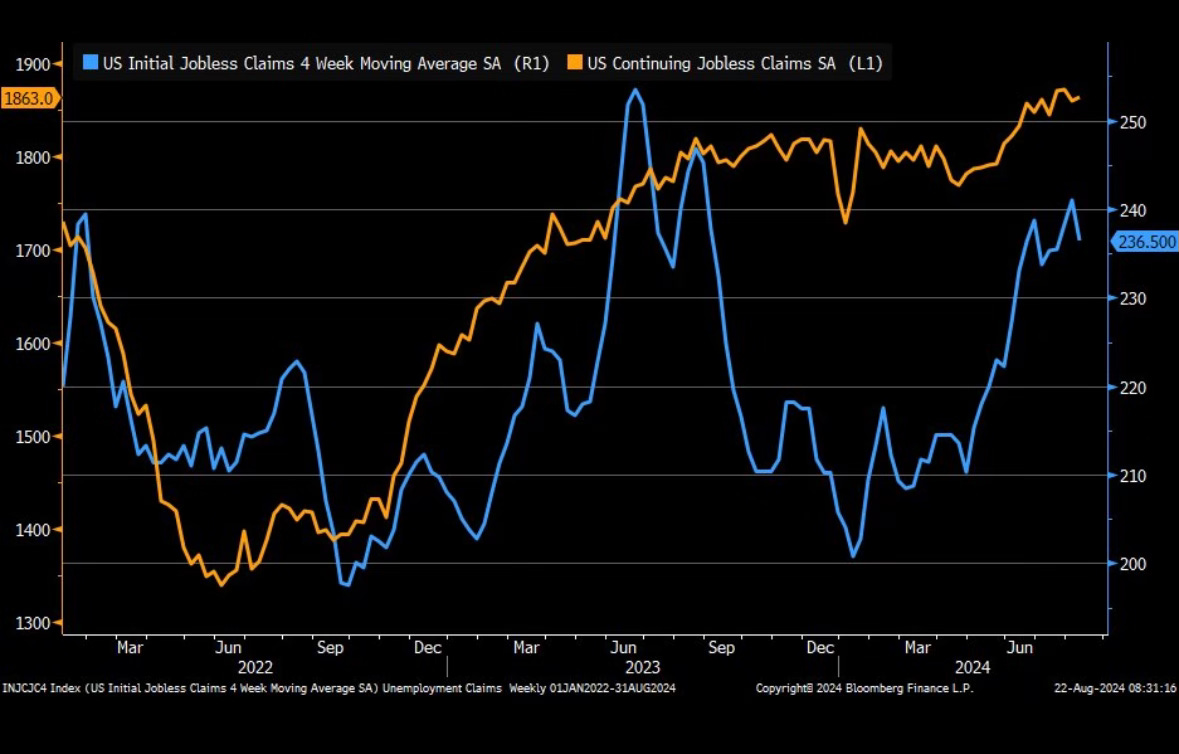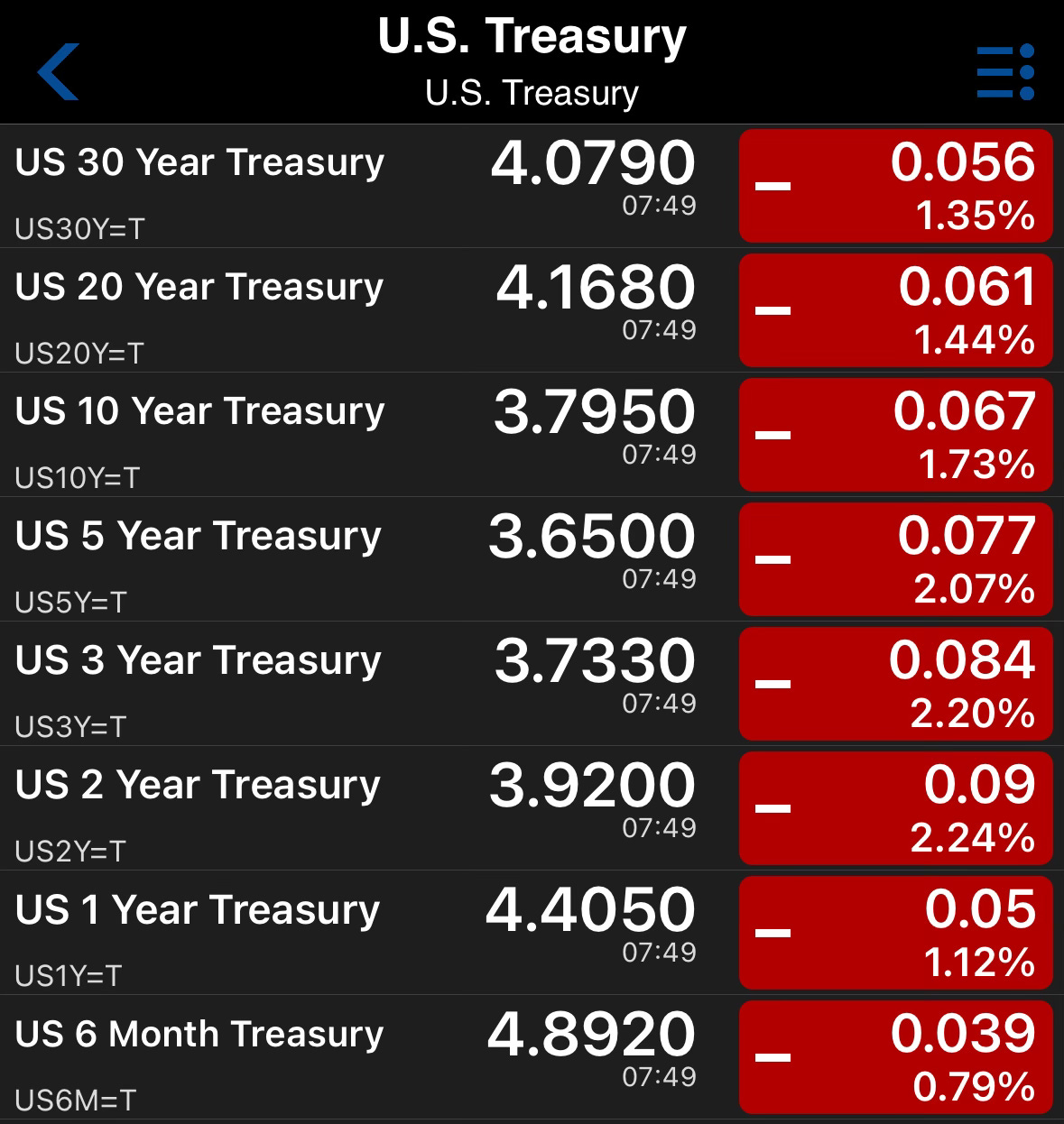Rate Cuts: Sleeping with One Eye Open
How the Fed’s Shift Signals a Recession and Wakes Economic Fears
As the sun sets on the seemingly endless bull market, the economy is singing a darker tune—a lullaby that signals not just a slowdown, but a descent into recession. Federal Reserve Chair Jerome Powell’s recent speech at Jackson Hole is more than a mere policy update; it’s the opening riff to an economic Metallica anthem, echoing the themes of “Enter Sandman.” The signs are clear, and the lyrics—well, they write themselves.
Powell’s declaration that “the time has come for policy to adjust” is a stark admission that the economy isn’t as resilient as previously portrayed. Inflation may have slowed to around 3% year-over-year, but the true concern is the labor market. Recent revisions revealed that from March 2023 to March 2024, the economy was overreported by 818,000 jobs—the largest correction since 2009, a year deep in recession. Like the whispered promises of the Sandman, the strength of the labor market was a dream, now rudely interrupted by reality.
Earlier this year we wrote about, Powell to a “Master of Puppets,” allowing inflation to dance above its 2% target while the economy played along. Now, as he hints at lowering interest rates, the stakes are higher. Americans are saying their prayers, hoping rate cuts won’t reignite inflation. Meanwhile, the Federal Reserve is left to “sleep with one eye open,” as Metallica’s lyrics warn, keeping a wary eye on the fragile labor market.
The labor market isn’t the only sign that the economy is teetering. Continued unemployment claims have climbed to 1.863 million, with initial claims nearing 236,000—a high for this rate hike cycle. Powell’s urgency to “adjust policy” is a desperate attempt to stop the economy from drifting off to “Never Neverland.”
The housing market, too, tells a tale of economic woe. Existing home sales have plummeted to the lowest level on record. This isn’t just a data point; it’s a reflection of the struggles facing American households. With incomes too low and personal savings depleted, the dream of homeownership is fading fast. Supply is up 40% for the year, but demand is nowhere to be found. As prices remain stubbornly high, the market is forced to confront the harsh truth—prices must fall to meet the new, grim reality.
Wall Street’s reaction to the Fed’s impending rate cuts has been telling. Gold, the ultimate safe haven, continues to shine, up an incredible 23.5% in 2024, outpacing even the AI-fueled Nasdaq. Investors are clutching their gold as they once clutched their pillows, knowing that purchasing power is slipping away. In a world of uncertainty, gold offers a sanctuary, a metal they can hold onto as they “sleep with one eye open.”
As the yield curve remains inverted (for more on the yield curve checkout our previous article Yield Curve ), with the 10-year bond at 3.8%, the 2-year at 3.93%, and the 6-month at 4.89%, it’s clear that the market sees no growth on the horizon. Investors are fleeing to risk-free returns (not adjusted for inflation), unwilling to gamble on a stock market that seems headed for a fall. The Nasdaq, despite the AI mania, is still down 5% from its July highs, and even the excitement over Nvidia’s upcoming earnings can’t mask the underlying weakness. It seems that from Main Street to Wall Street, everyone is hearing Metallica in their ears, and sleeping with one eye open.
Keep reading with a 7-day free trial
Subscribe to The Coastal Journal to keep reading this post and get 7 days of free access to the full post archives.









